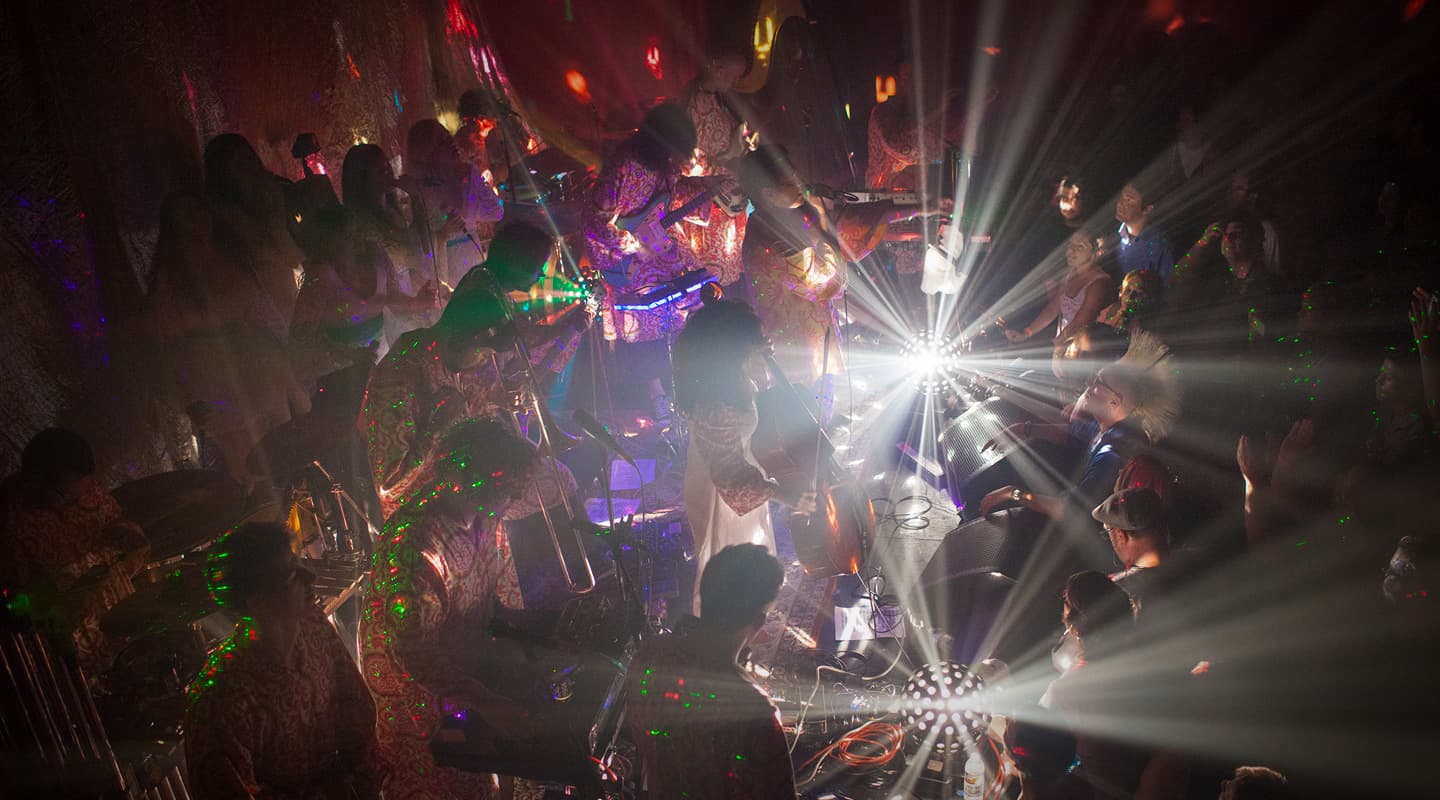
Cult Faith
The Polyphonic Spree isn’t just a big band, it’s a ‘kind of madness’. But it’s inspiring to see people who put everything on the line to keep making their music.
Julie Doyle launches into the bottom line. There’s only one big band like hers, it’s called The Polyphonic Spree, and the rest are just copycats. In her estimation, the thinking behind such blatant imitation begins something like this, “Oh, I’m a songwriter. I found a 12-piece. Everyone will talk about what a big band I am.” She reiterates: “We’re the real deal, I’m gonna say it now and say it forever — the end. We don’t have to f**k around, we don’t have to go around, hire choirs, we don’t hire strings and horns, it’s intuitive, we’re on it and that’s our band.”
I’m not sure if there was a big band convention recently that’s got Julie’s goat. But she’s certainly losing sleep over it. “I just see bands who are constantly borrowing. Google wakes me up to how bad… I haven’t even been able to sleep at night for the last eight years. It’s a f**king joke, man!”
These days, she’s on the offensive. Julie is the wife of Tim DeLaughter, who is the lead singer and songwriter of The Polyphonic Spree. She is also a producer, working with Tim on The Spree albums, and other projects, under the collective pseudonym The Speekers. As well as being Tim’s long-time manager, she’s also a Polyphonic Spree singer, film director, and fund raiser… and right now, she’s protecting their legacy.
If you haven’t heard of The Polyphonic Spree, you’ve probably heard their tune Light & Day on a commercial. Their tunes are so vigorously uplifting, it wouldn’t be a stretch to call it enlightening. And advertisers go ga-ga for it. They’re a big ensemble comprising a choir, horns, strings, on top of a rhythm section and fronted by Tim. And as Julie declared: the members aren’t ring-ins, they are the band. The number fluctuates a little, but typically remains in excess of 20.
Funding an enterprise of those proportions is not just difficult, it’s almost impossible, which is why Julie and Tim pour everything they get back into the band — sync rights, film score jobs, production, writing credits — and as you can see, it’s taking its toll. After eight labels, and the ad licensing well drying up, The Spree turned to the only people that could really help keep the band going: their fans. It was their first stab at a crowd-funded Kickstarter campaign, but they got over the $100,000 pledge mark, and were able to self-fund the album. That amount of dosh doesn’t spread very far when you’re a big band [see Only A Kickstart sidebar], still, they held true to their word, and the result is Yes, It’s True, the latest Polyphonic Spree album.
FAITH IN CULT STATUS
They’ve been called a ‘cult’, ‘cult-like’, and a ‘cult choir’. Partly because of the floor-length robes, but also because The Spree’s music is so infectious and uplifting… there must be something sinister behind it, right? But at its core is the most inoffensive of inspirations.
Tim’s original vision for The Spree was a Percy Faith-like orchestra. Not aping the ’50s and ’60s easy-listening orchestral tune format, so much as being a bandleader and composer rather than a frontman. “I thought I was going to be more of a composer, putting music together and having people play it,” explained DeLaughter. “I thought it would be a nice sound to be able to have traditional rock instruments in a hybrid with symphonic instruments and having 10 people singing as one.”
It was a nice dream. But in order to convey the vision, DeLaughter inevitably had to front it.
DeLaughter continued his Percy Faith homage on Yes, It’s True. DeLaughter: “The approach when we started making this record was more in the line of Percy Faith, to tell stories instrumentally. But once you get going, you start with that philosophy and approach, but then it will go somewhere else.”



GARAGEBAND & A LINNDRUM
To write songs, DeLaughter usually starts in the same place — on his own, with Garageband and a Linndrum “playing a beat and starting to improvise,” said DeLaughter. “All my songs are basically written out of improvisation and jamming. Yes, It’s True wasn’t written as a body of work like previous records. Although it has the same kind of sonics and soundscape about it, and it’s all underneath the same umbrella.”
Tim had been working on other projects in the downtime between Spree records. With no real idea where the songs would end up, any of the demos could have been fleshed out on a Preteen Zenith record or solo album. “I’m not even thinking about it being a Polyphonic Spree song until the end,” said DeLaughter, but that all changes when “one day Julie comes up and says, ‘You know what? You’ve got enough songs for a Polyphonic Spree record’.”
The arrangements are really what make a Polyphonic Spree record. Coming on board to help that process was Eric Drew Feldman, who as well as working on The Spree’s Together We’re Heavy, has worked on records for PJ Harvey and Captain Beefheart. He’s also an accomplished keyboard and bass player, and both skills were put to heavy use on Yes, It’s True.
OPEN VALVE
The album was recorded at Valve Studios in Dallas, Texas. It’s owned by musician/producer Casey DiIorio, and while the 900sqft (83.5sqm) space is plenty big for a four-piece rock band, stuffing the entire Spree inside with microphones would be tough. But unlike a typically structured orchestral recording — where the parts are scored meticulously, and the ensemble would record in one fell swoop — The Polyphonic Spree operates a little differently.
Some members have been with the band since the beginning, others are a little more transient. Over 13 years, DeLaughter has reduced the audition process to an important key factor: If you can play the lines he sings, you’re in. DeLaughter: “I’m not a theory-minded musician. I don’t write or read music. And I learned a lot of extremely talented players in the symphonic world couldn’t copy a melody unless it was written out. I didn’t know how I was going to communicate with these people. In The Polyphonic Spree, we’ve got people who can basically play whatever. I can sing melodies to them that I want to have played, and they can improvise.
“In the past there had been some pre-production. This album was different. They would literally show up having never heard the song before. They’d have a listen, then I’d either say, ‘I’ve got an idea, or what’s the first thing that pops in your head?’ And run with what they’ve got. But the structure of the song and arrangement is pretty much all there. I prefer that, because we can’t afford to hang out in the studio forever.”
Julie: “That, in itself, makes them different from any other big band: their ears; their intuition.”
APPEASING THE MASSES
The obvious temptation if you’ve got travelling string and horn sections, and a choir, is to have them fill every moment of the album. DeLaughter: “You want to appease everybody and make sure everybody gets on the songs. We’ve typically had this kitchen sink mentality. I’m not bagging on the previous songs, I’m just saying that sometimes the dynamics are lost by simply not being on there.
“With this one we talked about serious restraint. Peel it back and it fits so much nicer. That’s something we learned over years of making The Polyphonic Spree records and not feeling guilty that everybody’s not playing in the track.”
Eric Drew Feldman agrees, but suggests it was a bit more of a wrestle: “Once Tim’s got a foundation, he tends to go somewhat berserk with more and more ideas for little parts and melodies. I’m always telling him a piece of art isn’t ever finished, and he’s always trying to finish it. So we have some differences over when it should be let go of.
“One great man I used to work with would say, ‘Less is more, more is less.’ If you’re always on 10, there’s nowhere to go. A lot of time you can use your 25 people, but it’s better to keep them for the special part that really needs it.”
The task of recording all those parts fell to Casey DiIorio, who had to meld individual performances into a smooth Percy Faith ensemble: “It was tricky. There was a blank slate at the beginning: Tim’s simple demos to be fleshed out for The Polyphonic Spree. So the orchestration isn’t written out beforehand. He had the players comes in and react to it, then work through parts.
“But because it was happening on an individual or small group basis, there’s not 16 people in the room playing together. If you put up a room mic, the sound of all those people together will really move a room. So it became about how to mimic that, if say, the French horn is playing by itself.
“I have a lot of big old condenser and ribbon mics — AKG C12s, Neumann U47s, etc. — and picked what sounded coolest on each instrument and always left a floating room mic or two so that every time someone did a track, those were all printed and the vibe would still be there.
“I’d move the room mic around until I found a position I thought worked for each instrument. For example, the French horn had a U47 room mic pointed into a corner. So anytime she came up, that’s where I put it.”
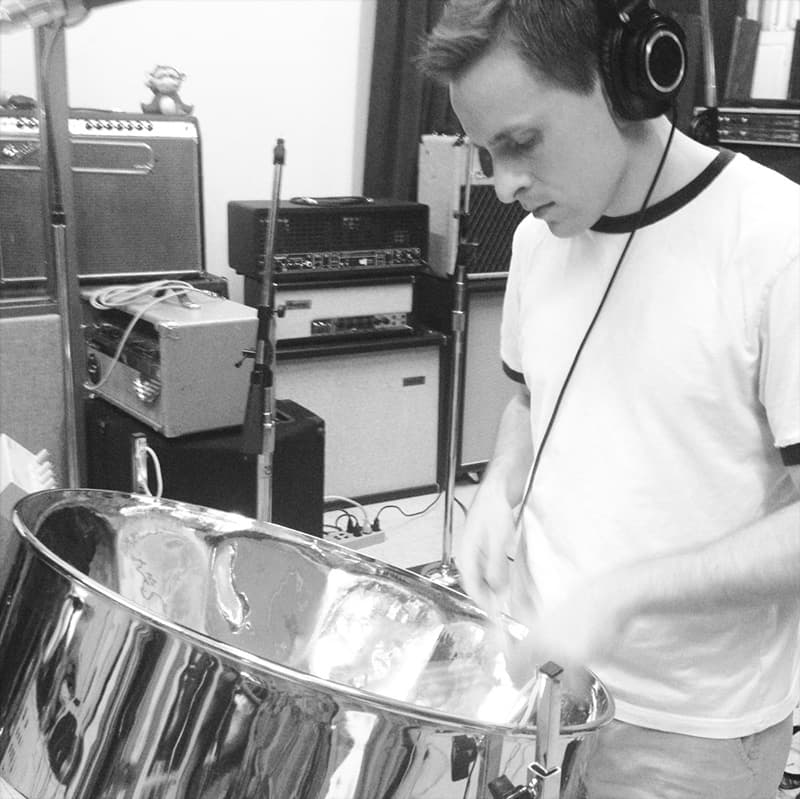

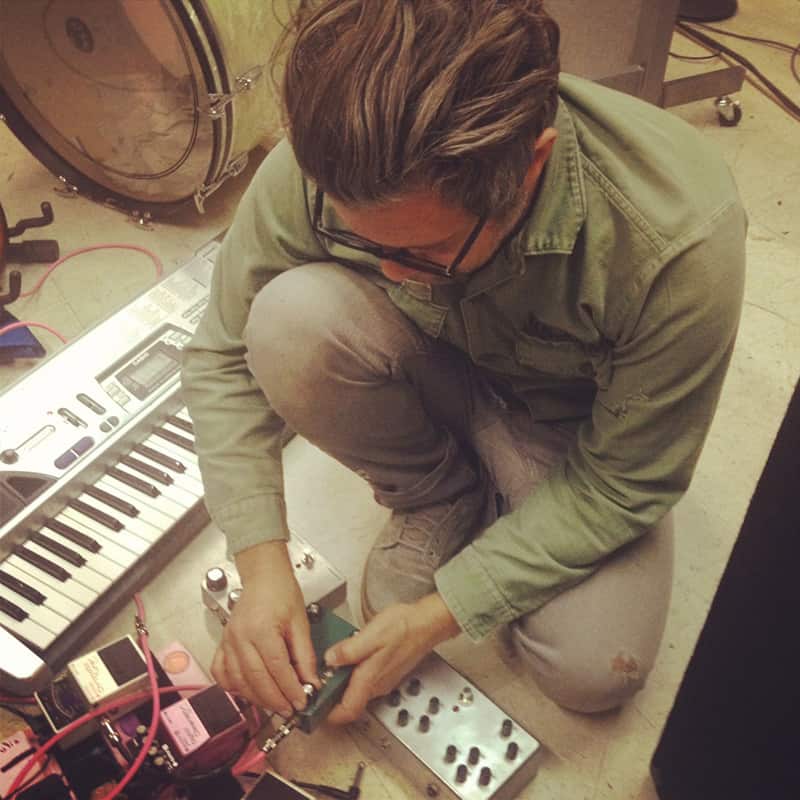

DIVISION OF LABOUR
There was a distinct line drawn between the roles of producer and engineer. With so much arrangement work to be done, Eric Drew Feldman and Casey DiIorio stayed out of each other’s way.
Eric: “I don’t go into it, that’s not my interest as much as trying to hear what people are playing and how they can bump it up a little bit. Or how a particular instrument can sound a little nicer. It’s always good to get everything sounding and played right, from the start. I always prefer to work with a very qualified and caring engineer. They’ll always ask me, ‘Do you want to record this way? I read so and so recorded like this in 1964.’ And I’ll say, ‘Great. Do that.’ And then if it doesn’t sound good, we’ll change it.”
Similarly, Tim is hands off with the gear: “I’m not technologically savvy. That’s why I have other people engineer my records, I’m not inclined that way. I use Garageband because it’s super-friendly. Hell, a kid can operate it. It works for me as far as diagramming songs, recording songs and I can do whatever I want on that laptop and get as far as a I want as a demo.”
Self-effacing he may be, but there were elements of Tim’s Garageband sessions that made it through to the final product. Tim: “We use samples I put together in Garageband that, in my opinion, were pretty amateurish. But they totally competed with some serious recording endeavours, and ended up winning when we went to mix the record. There were bits and pieces from Mantovani records, and from Percy Faith, then I would manipulate them and use whatever sounds come with Garageband. I’d run it through an effect, manipulate it, make it my own and a sound I hadn’t really heard before. It’s not this great piece of equipment, but I messed around with it enough to get what I liked.”
VALVE PATHWAYS
At the hub of Valve is a Neve console that was purportedly used to do the overdubs on Michael Jackon’s Bad. And because most of the work Casey’s doing is rock oriented, he records to a Studer two-inch tape machine. He uses the CLASP system, so everything he records onto the tape machine is simultaneously dumped into ProTools.
Casey: “It basically allows your tape machine to act as a scratch pad. It saves time, it’s got the sound of your tape machine, but now it’s in your computer and you can do whatever you want with it.” Because it makes the process more accessible, Casey estimates he uses tape on 95% of the project he does. “There’s just a difference that seems worth it,” he reckons.
For Tim’s vocals, Casey used an old Neumann U47 that just seemed to marry perfectly with his voice. Going through a Retro 176 compressor to tape provided plenty of classy character. But using vintage gear can sometimes have its downsides.
Casey: “While we were doing the record, the U47 tube went out and put me on a path where I had to buy and try a lot of Amperex tubes until I got it back to sound how it did before. It fills out the low end in a way that none of the other tubes I put in did. It took a month or two of going through a lot of them. That’s one thing with having all the old gear, when you get it just right, it’s killer, then if a tube goes out or something that’s vintage, sometimes it makes a big difference. So I bought a bunch extra this time.”
Tim would also do scratch vocals through the Shure SM7, a few of which ended up on the songs. So it wasn’t a complete disaster.
Having a command of different ways of recording is crucial when you take on a varied project like a Polyphonic Spree record. Luckily, Casey has an equally varied history. “I went to North Texas University and sang in a few choirs so I have a bit of a background,” said Casey. “I’d basically just semi-circle them up. The biggest thing with choirs is listening to where they’re standing, getting the blend of the choir correct. Once you have that, the specifics of miking is some kind of stereo. I usually use an ORTF configuration that’s placed not too distant, but far enough that it’s getting everybody. Then I might do a pair farther back to get the room sound.”
It wasn’t always the same structure though. Casey: “At the beginning of Blurry Up The Lines I triple-tracked three or four of the girls who had the smoothest voices, just for the mood.”
![IMG_9426[3]-pichi](https://www.audiotechnology.com/wp-content/uploads/2014/01/IMG_94263-pichi.jpg)
I don’t think people seeing our band live realise what a huge gift it is to be coming to your town, because we get paid like a five-piece band but we’re freaking four bands in one
DRUMMING IT HOME
The Linndrum foundation of Tim’s demos became a central part of Yes, It’s True, and the record definitely has a much more driving sound than their previous ones. The issue for Casey was figuring out how to get the Linndrum and live drums to sit together.
Casey: “The Linndrum was on the demos, and became a bit of a process because we didn’t use the tracks from the demo. Its little knob doesn’t sit in a preset position, so first Tim had to find the tempo again. Then when we took it direct, it didn’t sound the same to Tim. After thinking about it, I figured out that when he was jamming along to the Linndrum, it was playing through his PA, which he miked up. So the middle of the Linndrum was odd, it was an adulterated picture.
“Once we figured that out, we replayed the Linndrum tracks out into the room, moved the PA around till it sounded right, and moved the mic around till we got it representing what he was hearing. You could call it demo-itis, but he got used to the frequencies of the Linndrum and that’s what we ended up with. That’s why it sounds middley, not as full as a direct Linndrum.
“Possibly it’s on the whole album, with Jason [Garner] playing real drums along to it. But because the Linndrum was more middley than full, it allowed the real drums to take the bigger part like they normally would and the Linn would just fit in.
“A lot of the time, the drums were done in almost a Beatles-y approach. Just a Coles ribbon mono overhead, and another in a more Motown position in front. Marry those two along with the room mics and a couple of spot mics. Most times we used fewer than six mics, and one would possibly be blown up or hitting the tape hard.
“Sometimes we used a distorted live and a distorted Linn and they really liked what that did to the kick drum. I’m a very analogue guy and one of the only plug-ins I use is Soundtoys’ Decapitator. It got big when Tchad Blake mixed Black Keys. A lot of that distortion was Tchad with the Decapitator. I also have the old ADR compressors, like the ones used on Led Zeppelin’s When The Levee Breaks. And maybe a Copperphone or Green Bullet mic would be mixed in there too.”

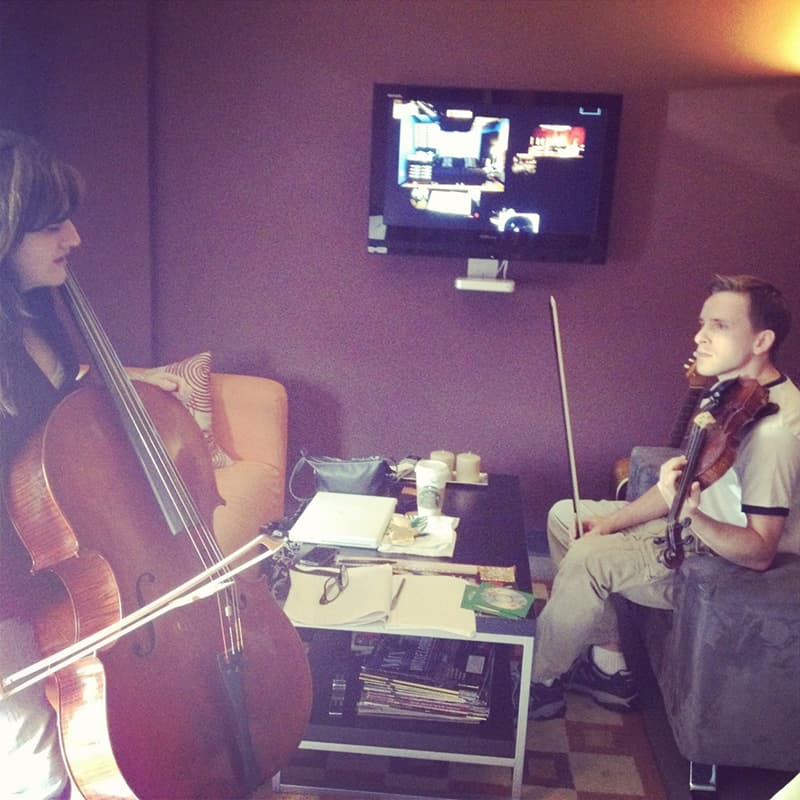

BASS DRIVE
Complementing that driving rhythm section is an often overdriven bass sound. Which came about through a combination of overdriven amp tones, and just the right feel.
Casey: “The fuzz bass was a very fun part because Eric played bass on the record, and we were kindred spirits on what the bass should be. We had an Eclair Engineering Evil Twin tube DI, and the bass amp was a ’50s Ampeg B15. We would drive the B15 to where it sounded perfect for the tune. Then we would go back and forth to where we got it to sing for each song. Eric would just marry the sound to his picking technique on it and dirty up the B15. The DI was there more for low-end fullness.
“I used to keep the mic closer but now I pull it back about six inches from the grille. It works, at least in my room — it doesn’t have as much proximity but it’s clearer. I’ll use the U47, or if I want a little more point on it, the Blue Mouse. I’m a fan of Rich Costey, and a few years ago he talked about how he was using the Blue Mouse. It’s got more top end if you need a little more clarity, and also if I’m setting up a whole band and the bass is live I need the U47FET on the kick drum, so the Mouse goes on the bass.
POLYPHONIC TONIC
The Polyphonic Spree isn’t your typical band, and sometimes called for out-of-the-ordinary techniques. Casey: “One evening, we ran through a few passes of the basic tracks for Hard Talk. Tim was on piano, Eric on bass, Jason on drums together in the main room. I put up a few mics on the piano, the Copperphone for something odd, and a vintage Neumann KM84 to get the clicky stuff. But his SM7 vocal mic was there too. We were going to re-cut the piano, but the whole vibe of the song changed. Basically, the bleed coming back through those mics was essential to the song. They were letting the room breathe underneath.
“One of the other interesting ones was when we recorded an acoustic through an old Fender Blackface amp. We miked it pretty far away, then added an old American D22 — the old omnidirectional Fats Domino vocal mic — up close. That was a really great sound.
“A project that intricate, is a lot of work. It’s a lot of work fitting everything in there — every part was worked on until it was right. But it’s such a cool process to go through. It draws on everything you know.”


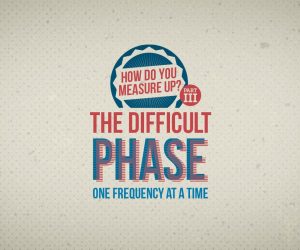



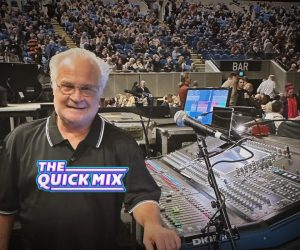





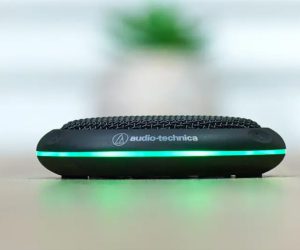
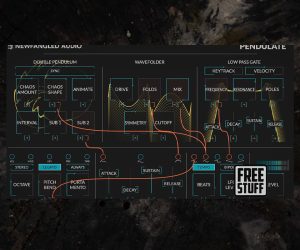


RESPONSES